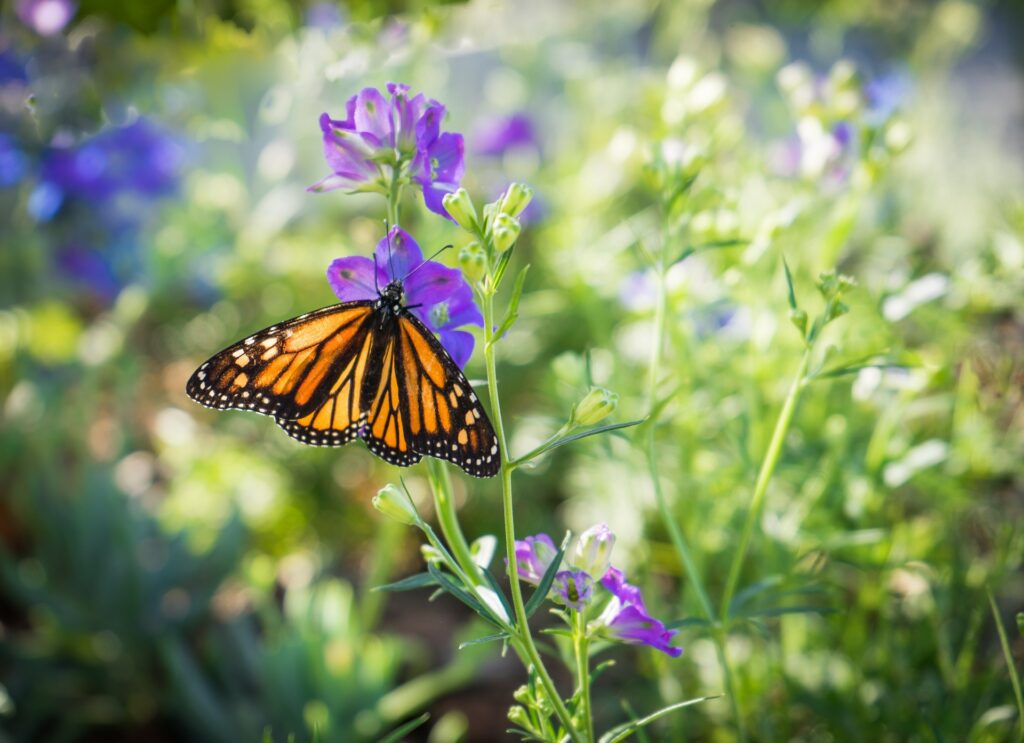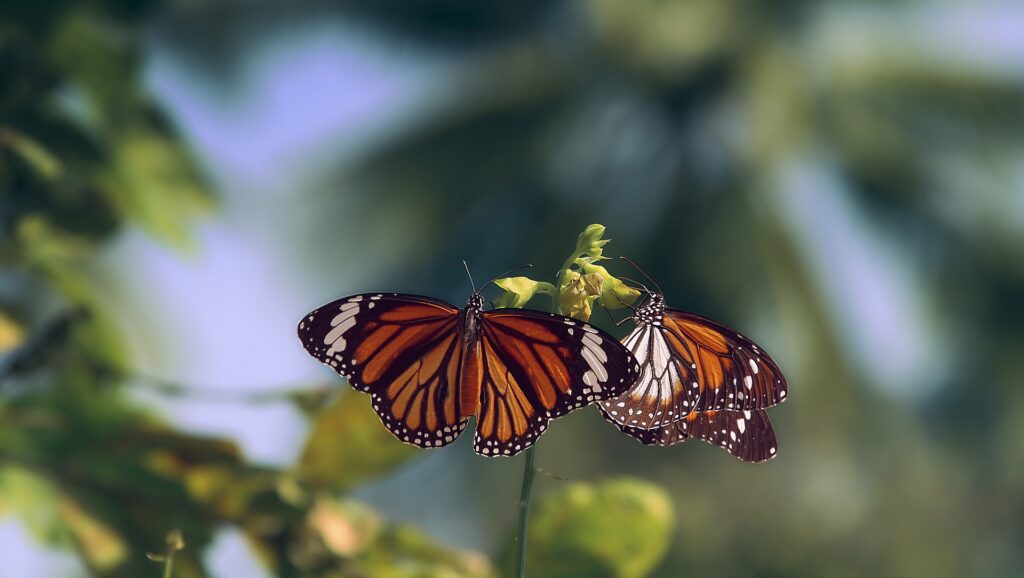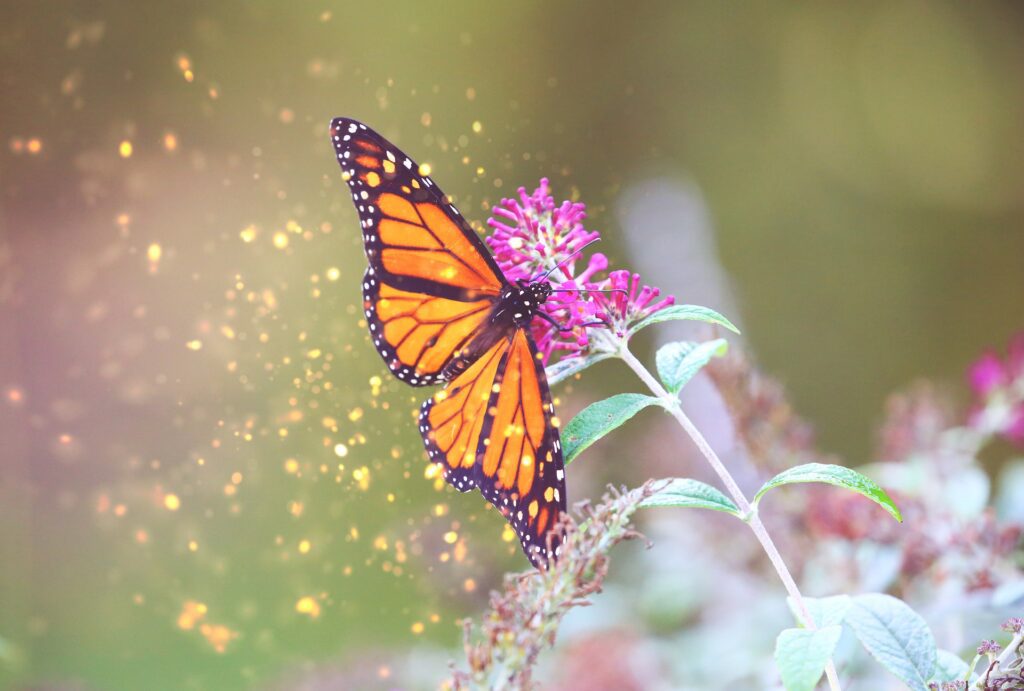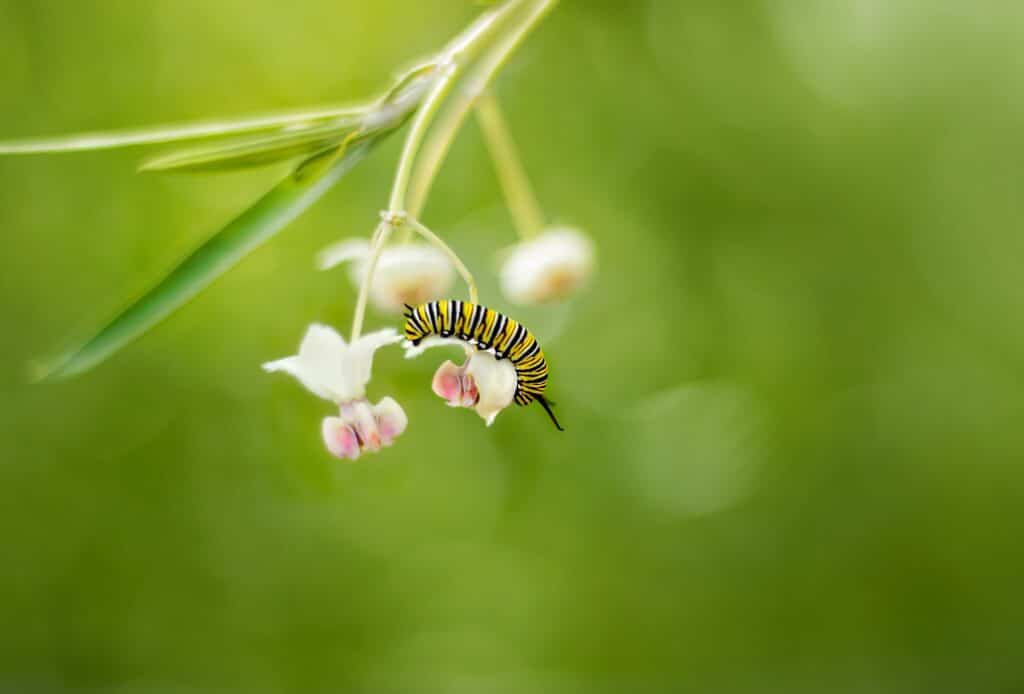The monarch you saw this summer probably only lived a few weeks. Only one species of Monarch butterflies is capable of migrating from as far north as Canada to the mountains of Michoacán, Mexico, a distance of nearly 3000 miles. This super-generation that lives up to 8 months only appears every 3-5 generations.
They huddle together by the millions on fir trees in the Mexican forest to survive the winter. In the spring, they do a reverse migration to Texas where they feast on milkweed and mate. It may take 5 to 7 generations for them to reach their final destinations, including Illinois.
Why do they take this perilous journey? One theory is “survival of the fittest”. Monarchs are susceptible to parasites but the infected ones can’t fly as well, so they don’t make it Mexico, leaving only the strong uninfected ones to breed.
While monarchs may seem small and insignificant, the creatures play a crucial role in the ecosystems they inhabit.
As adults, monarch butterflies visit countless numbers of wildflowers each year as they seek out nutrient-rich nectar. In doing so, the monarchs transfer pollen from one plant to another and assist in those species’ reproduction.
The best thing that can be done is to provide habitat for monarchs and just let them do their thing.




I believe the 2nd picture of the two with prominent white segments on their wing tips are Common Tiger butterflies, who are common in India (Danaus genutia), not Monarchs (Danaus plexippus), FWIW.
https://en.wikipedia.org/wiki/Danaus_genutia